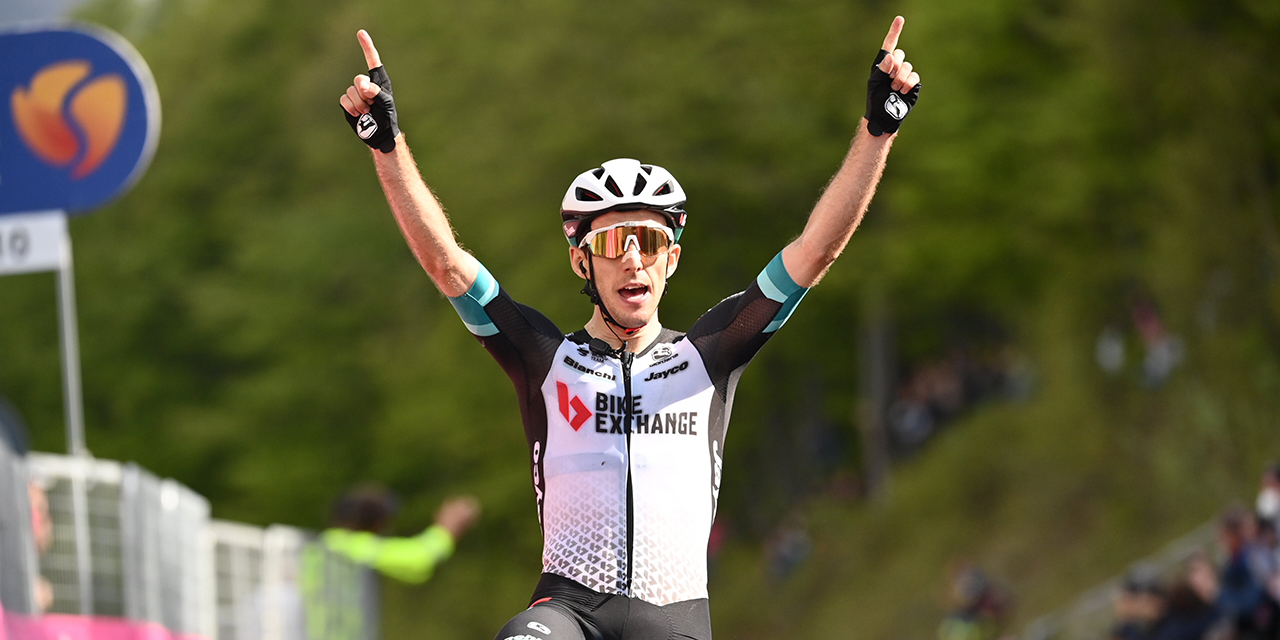What is the first thing they teach you at Harvard Business School? “No plan of operations extends with any certainty beyond first contact with the main hostile force.”
That first contact took place today on the descent from Alpe Agogna in Gignese, which was never supposed to figure in the Giro until last week’s tragedy at Mottarone meant the stage was rerouted. This introduced a small section of treacherous descending, unknown to all but aficionados of the discontinued Coppa di Stresa. Those superlative improvisers, Deceuninck – Quick-Step, sent riders to the front to take the descent at speed, and split the peloton. The main rider distanced was Egan Bernal’s teammate Dani Martínez seventh overall. Filippo Ganna was sent back to work with Puccio for Martínez. Sebastián Molano lent a hand too, for a fellow Colombian, and, after a struggle, the gap was closed. Egan’s core mountain management team of Castroviejo and Martínez was reunited, and the plan of operations survived.






































































